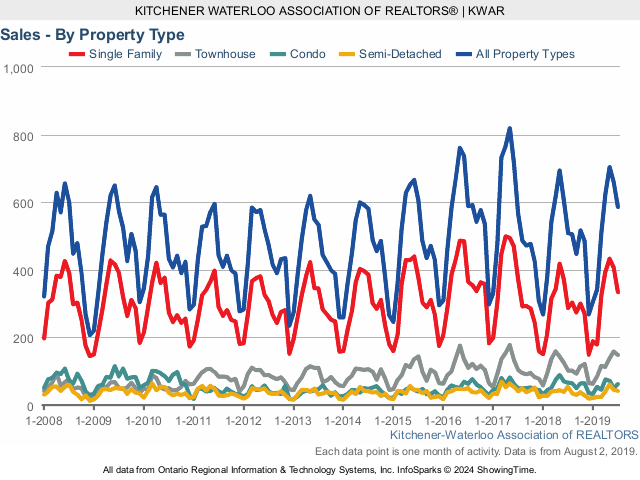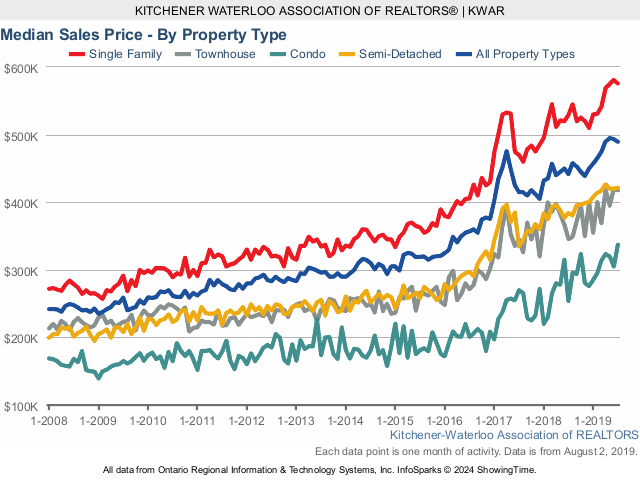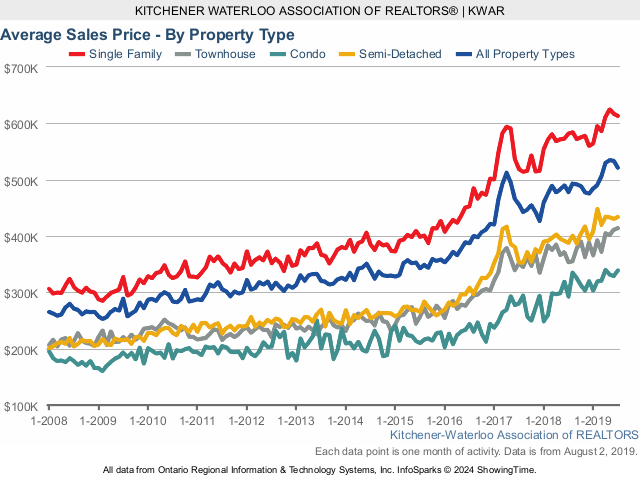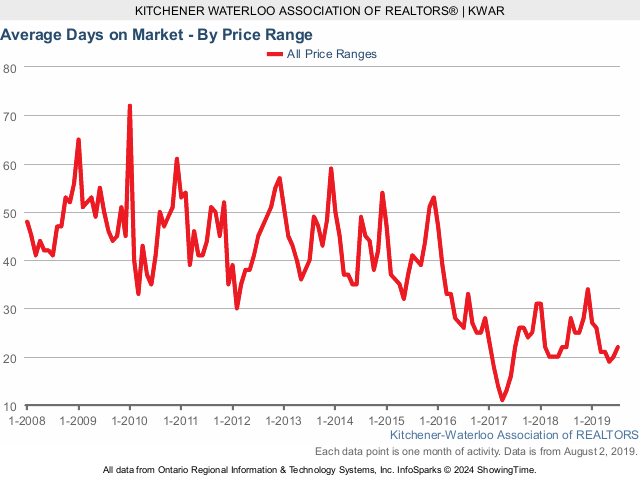Contact me at www.kimlouie.net for a Free Home Value Report!
It's like a love affair; some older homes make your heart skip a beat! It is hard not to fall in love with an older home’s historic unique architecture, gabled roofs, hardwood floors, crown moldings, and antique light fixtures—older homes definitely have their charm.
The plastered walls, leaded glass windows, original chandeliers, and oak paneling make an old home as attractive as it can possibly be. If you found your love you should be aware of the following money pitfalls of old houses. You do not want to discover that beneath the surface of your dream home lays a dilapidated wreck.
This article provides you with some valuable tips to help you identify potential problems and some renovation rules, should you decide that this love affair is going to be your Gold Mine.
Foundation
The foundation is the most important aspect of any home, especially for older ones. One problem that is common for older homes is called the “sulfate attack”. This can occur as a result of a chemical reaction between the soil and the concrete, which causes the foundation to crack and crumble and that can be very problematic. Another major concern with older homes is that the center beam of the home can begin to sink. This can result in a sagging roof, bowed walls, and sloping floors. If the old house has a bad foundation then renovating it can be very expensive where the cost can range from several thousand dollars to $50,000 depending on the size of the home. Also, in some cases, one might need to jack up the house to replace the foundation and shore up the centre beam.
The foundation is the most important aspect of any home, especially for older ones. One problem that is common for older homes is called the “sulfate attack”. This can occur as a result of a chemical reaction between the soil and the concrete, which causes the foundation to crack and crumble and that can be very problematic. Another major concern with older homes is that the center beam of the home can begin to sink. This can result in a sagging roof, bowed walls, and sloping floors. If the old house has a bad foundation then renovating it can be very expensive where the cost can range from several thousand dollars to $50,000 depending on the size of the home. Also, in some cases, one might need to jack up the house to replace the foundation and shore up the centre beam.
Electrical Wiring
When buying an older house, it is very important to find out if there are any problems with the state of the electrical and lighting system. Do the lights flicker? Is the current steady or do the lights fluctuate between bright and dull? Is there adequate lighting in the home? It’s important to have the wiring carefully inspected. Also, many older houses use aluminum wiring, which is cheaper than copper wiring but it is a serious fire hazard. Ensure that you factor the cost of rewiring into your offer price. Also, you should consider whether there are enough outlets in the home to suit the needs of a modern household. Install more outlets in order for you to run a number of devices at once like television, computer, stove, etc.
When buying an older house, it is very important to find out if there are any problems with the state of the electrical and lighting system. Do the lights flicker? Is the current steady or do the lights fluctuate between bright and dull? Is there adequate lighting in the home? It’s important to have the wiring carefully inspected. Also, many older houses use aluminum wiring, which is cheaper than copper wiring but it is a serious fire hazard. Ensure that you factor the cost of rewiring into your offer price. Also, you should consider whether there are enough outlets in the home to suit the needs of a modern household. Install more outlets in order for you to run a number of devices at once like television, computer, stove, etc.
Lead Paint
In older homes, lead paint is very common as lead was used as a white pigment in paint until the mid-1950s. If you are planning to repaint the home, call in a professional renovation firm as they know the safety precautions needed to be taken when repainting the house. Children and pregnant women should not be in the home during renovations.
In older homes, lead paint is very common as lead was used as a white pigment in paint until the mid-1950s. If you are planning to repaint the home, call in a professional renovation firm as they know the safety precautions needed to be taken when repainting the house. Children and pregnant women should not be in the home during renovations.
Asbestos
Asbestos is a mineral that makes a very effective fire and heat-resistant material that was discovered to cause lung disease. When the tiny particles of this mineral are inhaled, over a period of years they begin to damage the tissue of the lungs. In old homes, asbestos was used in carpet underlay, textured paints, roofing felt, electrical wiring insulation, acoustic ceiling material, and insulation. Getting the house checked for asbestos is very critical.
Asbestos is a mineral that makes a very effective fire and heat-resistant material that was discovered to cause lung disease. When the tiny particles of this mineral are inhaled, over a period of years they begin to damage the tissue of the lungs. In old homes, asbestos was used in carpet underlay, textured paints, roofing felt, electrical wiring insulation, acoustic ceiling material, and insulation. Getting the house checked for asbestos is very critical.
Galvanized Pipe
Galvanized pipes are known to rust very quickly. Most insurance companies now refuse to cover water damage caused by leaks in a home with galvanized pipes.
Galvanized pipes are known to rust very quickly. Most insurance companies now refuse to cover water damage caused by leaks in a home with galvanized pipes.
Condition of the Older Home
Just like people, years will eventually take a toll on homes as well. An older home may begin to sag and slope, which is why it's very important to know about the conditions of the house you’re planning on purchasing.
Just like people, years will eventually take a toll on homes as well. An older home may begin to sag and slope, which is why it's very important to know about the conditions of the house you’re planning on purchasing.
Older homes may be beautiful, but they aren't designed for modern living without a total update or upgrade. Make sure the house structure can be modified easily to suit a current living style.
For older homes, renovations are a challenge. To determine the price you are willing to pay, add up the estimated costs to renovate the property based on a thorough assessment of the house. Then, subtract that from the home's market value after renovation. Allow for an additional 5% for cost overruns and unforeseen problems plus inflation.
Preserve the Charm of Your Old House
If you have already fallen in love with this old house, then make sure you follow the golden rules in repairing your dream home and preserve its historic features and value.
- The golden rule of remodeling is, "do no harm". As you update your older home, make sure to preserve its historic details. Reuse existing materials. Keep historic moldings and hardware. Wire gas lamps for electricity. Keep distinctive examples of craftsmanship. Restore marbling, stenciling, and carvings.
- Don't try to undo long-ago renovations. Most buildings change over time, and alterations to your house may have a historic significance in their own right.
- Whenever possible, repair rather than replace. Don't throw away that old claw foot bathtub—have it re-glazed. Fix damaged doors, refinish old cabinets and patch cracking plaster.
- If historic features cannot be repaired, look for a similar item at an architectural salvage centre, or buy a new item that matches the old in design, colour, texture, and other visual qualities.
- And best of all make sure you hire a contractor that shares your passion and understands your love affair with your old house.
Good luck, you may have found your Gold Mine.







